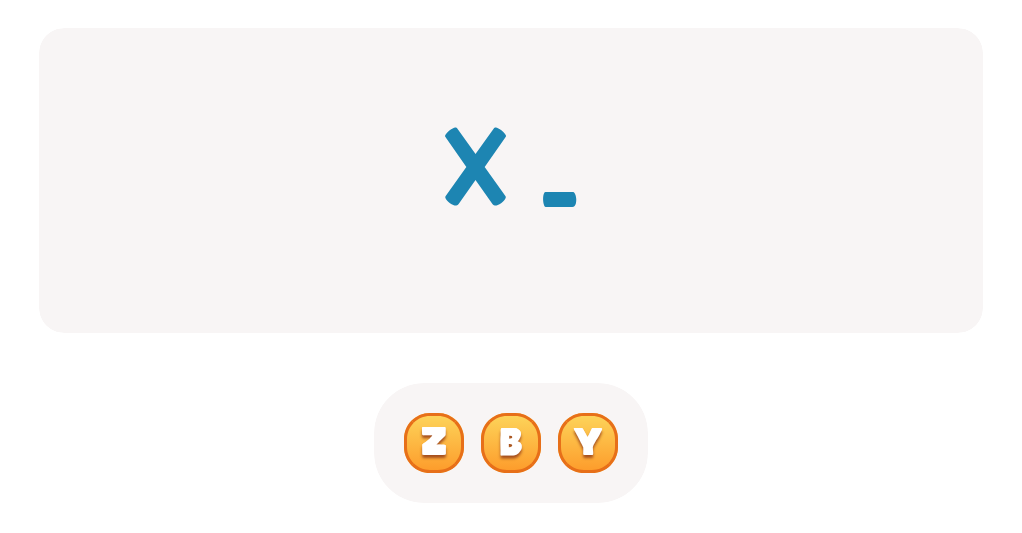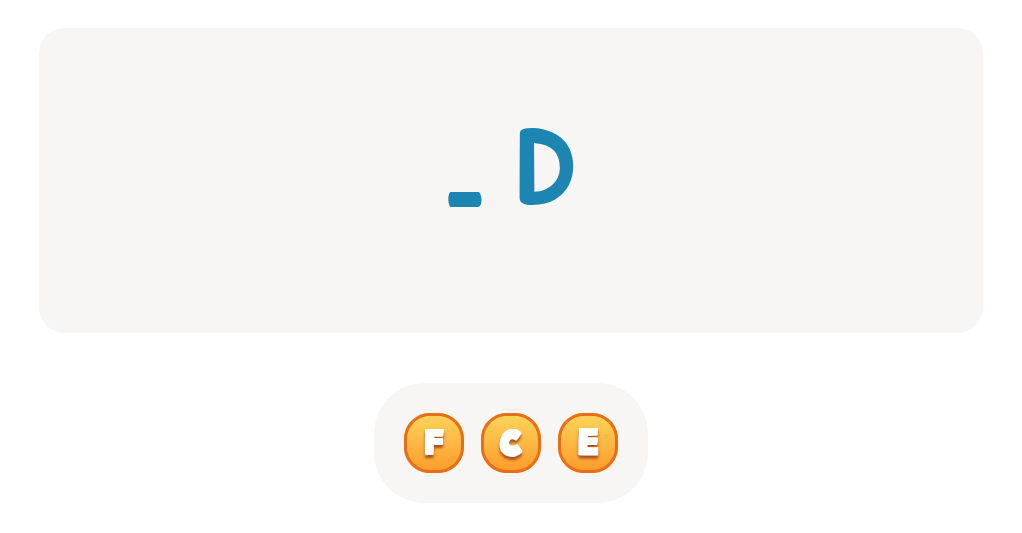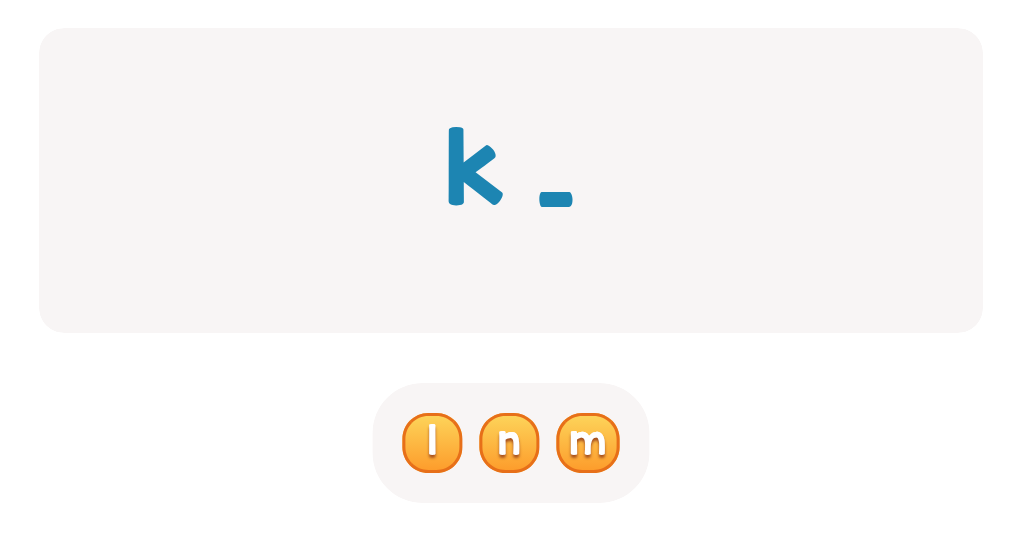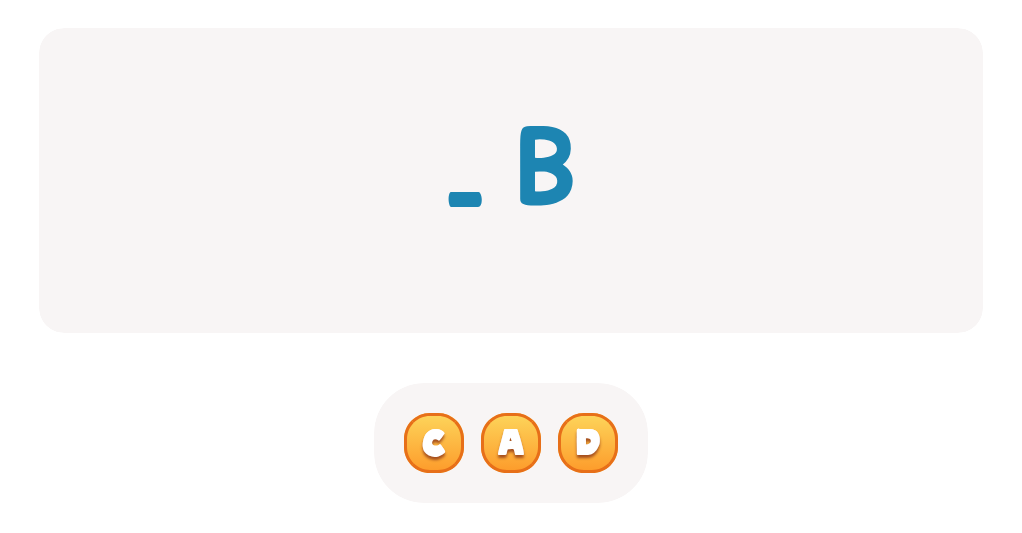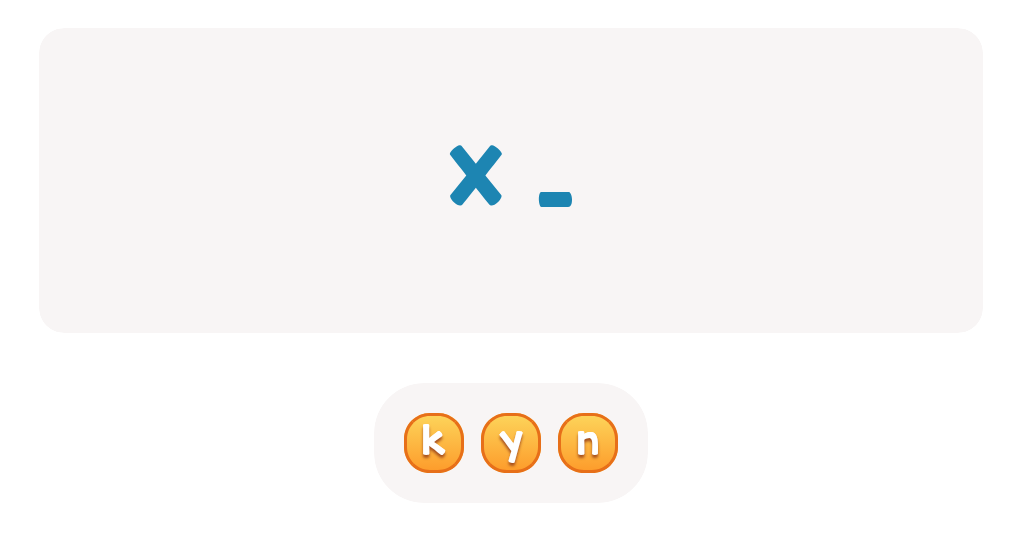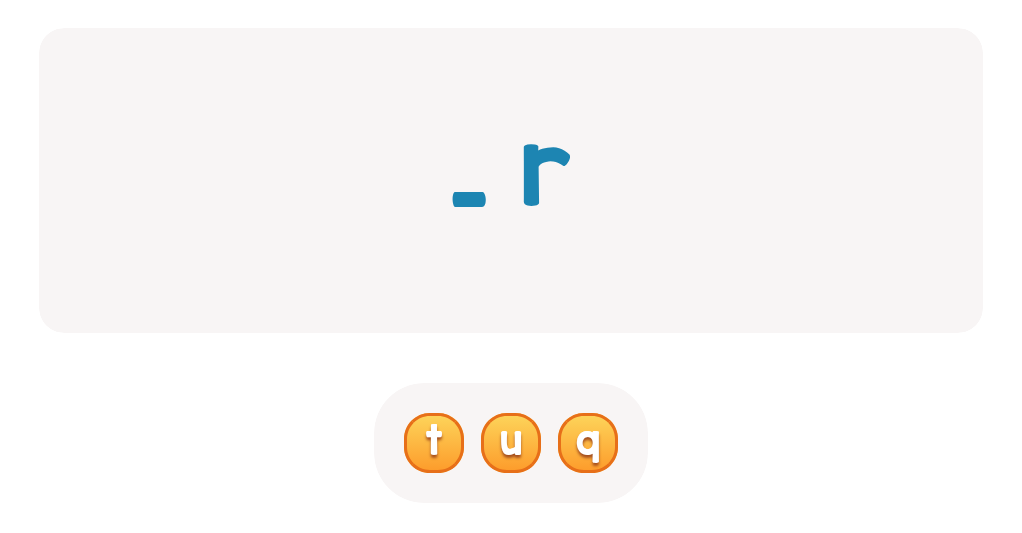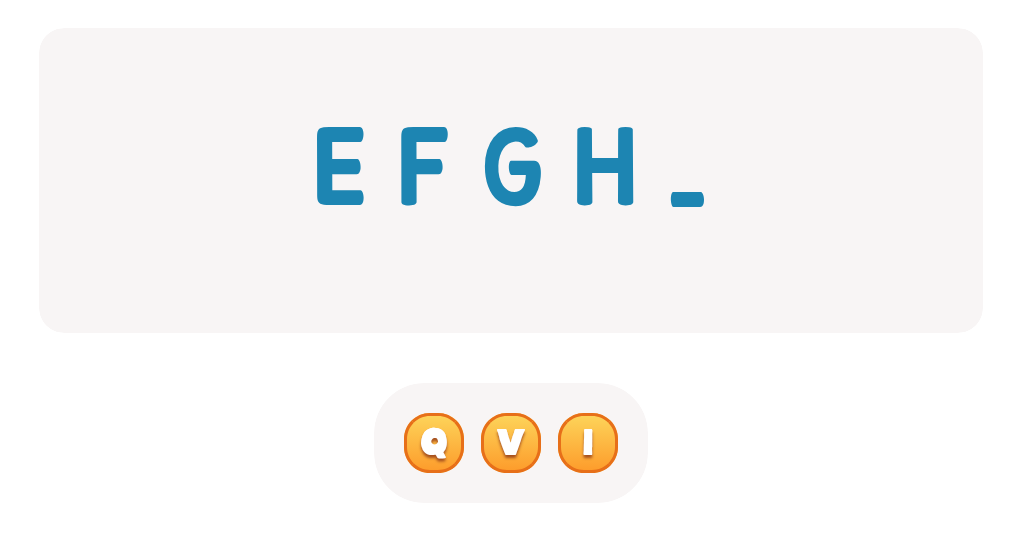Uppercase identification Upper & Lowercase Letters Worksheets for Ages 4-7
5 filtered results
-
From - To
Help your child master the alphabet with our engaging Uppercase Identification Upper & Lowercase Letters Worksheets designed specifically for ages 4-7. These printable worksheets make learning both fun and effective, aiding kids in recognizing and differentiating between uppercase and lowercase letters. Each worksheet is crafted to boost your child's confidence and skills through a series of enjoyable activities. Ideal for home or classroom use, these resources support foundational literacy development, ensuring young learners are prepared for reading and writing success. Spark your child's love for learning with our expertly designed educational tools!


Find Uppercase Letters Worksheet


Find Uppercase Letters J, K, and L Worksheet


Find Uppercase Letters A, B, and C Worksheet


Find Uppercase Letters V, W, X Worksheet
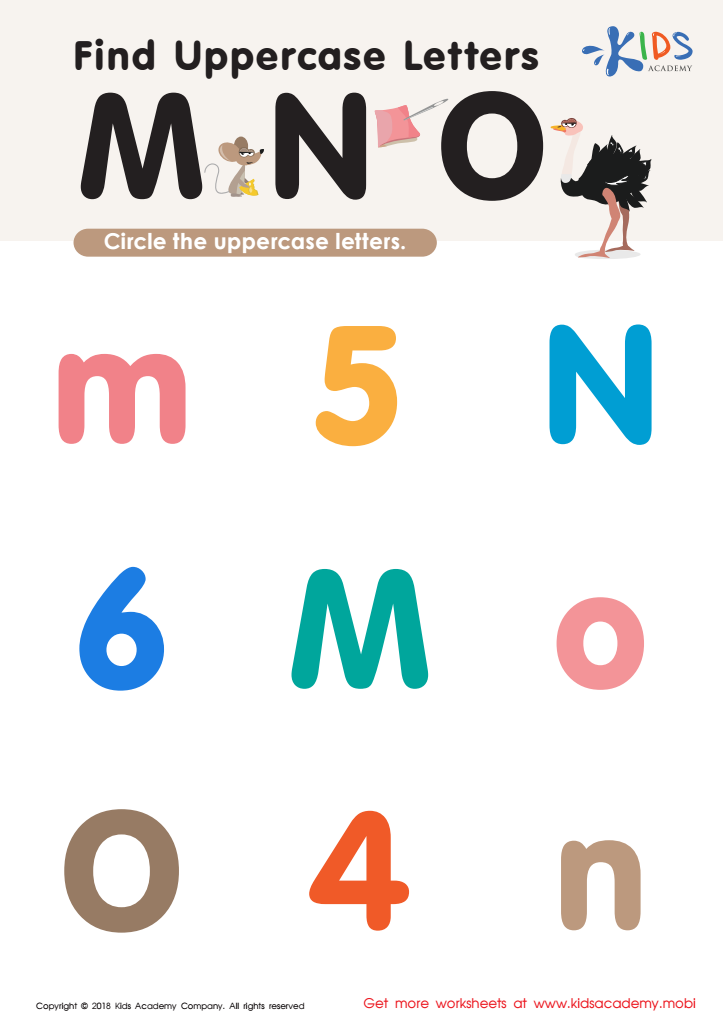

Find Uppercase Letters M, N, and O Worksheet
Understanding uppercase and lowercase letters is an essential literacy skill for children ages 4-7, as it sets the foundation for proper reading and writing abilities. During these formative years, children are just beginning to recognize letters and sounds, which are the building blocks of language. Knowledge of both uppercase and lowercase letters ensures children can decode words correctly, which is crucial for reading fluency and comprehension.
First, focusing on uppercase and lowercase recognition helps children differentiate between the two forms of each letter, increasing their overall letter identification fluency. This is significant because many written texts comprise a mix of uppercase and lowercase letters, and the ability to recognize both forms eases the transition from single-letter recognition to word formation.
Second, writing in both forms aids in the development of fine motor skills. Young children benefit from practicing the varied strokes and forms required to write lowercase letters, which are generally more complex and help hone their hand-eye coordination.
Lastly, early mastery of this skill typically boosts a child’s confidence in their literacy journey. As children become more proficient in recognizing and writing both uppercase and lowercase letters, they are more apt to engage with reading and writing activities, spurring further academic growth and a lifelong love for learning.
 Assign to My Students
Assign to My Students
